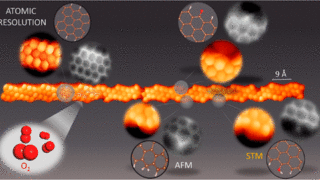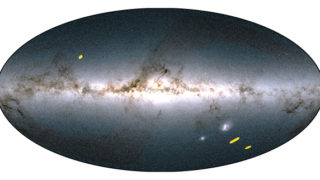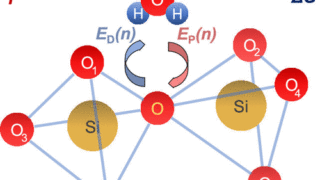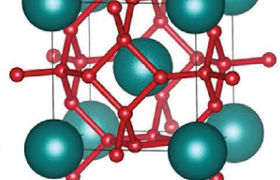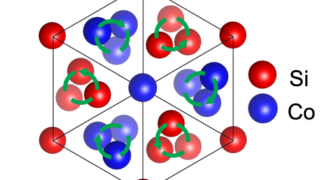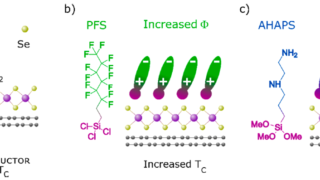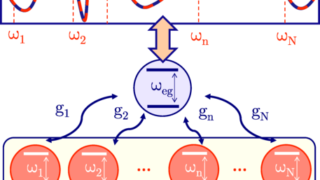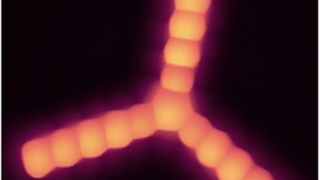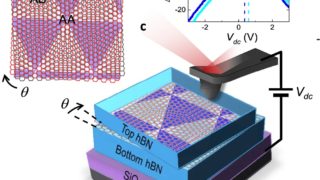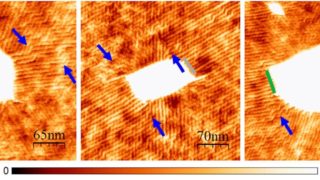
The classical nonlinear mechanics of wrinkles in 2D materials
Two-dimensional (2D) materials are extraordinary for two main reasons. One is the set of mechanical properties that makes those materials a versatile playground where multiple modelling objects are possible, from the thinnest membranes with minuscule bending rigidity to very stiff plates, all with very reproducible parameters. The other reason is that both the electronic and […]
